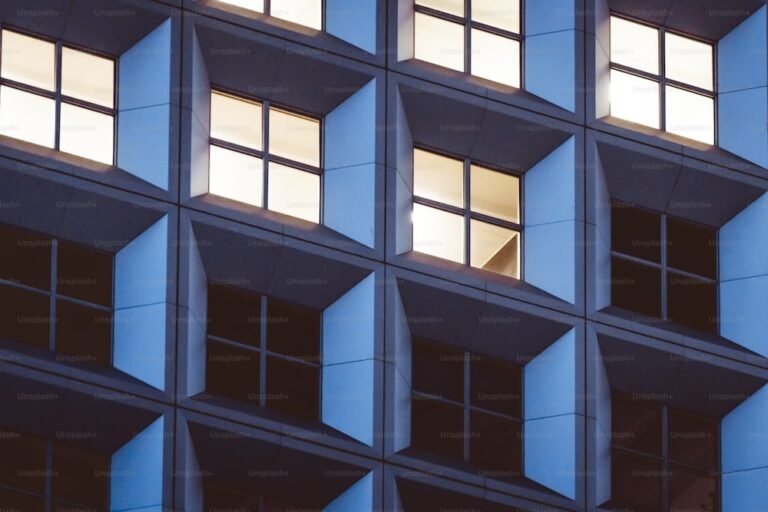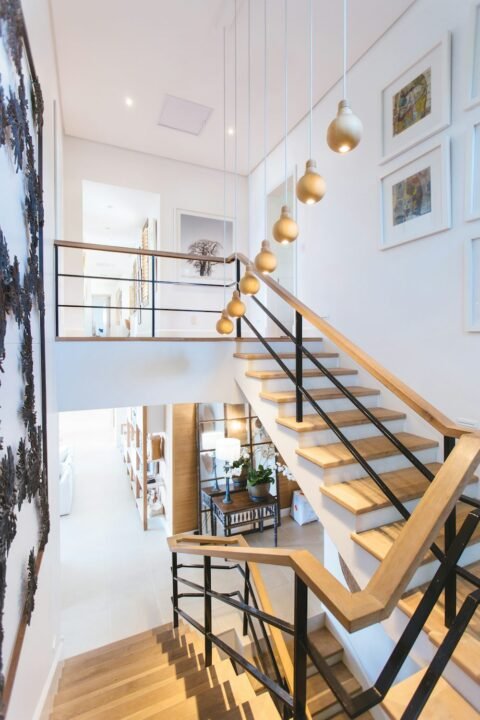In the realm of commercial buildings, engineering comfort goes far beyond just ensuring a pleasant temperature or adequate lighting. It encompasses a holistic approach that considers various factors contributing to occupants’ well-being and productivity. From the HVAC systems that regulate indoor climate to the lighting solutions that affect mood and visibility, every element plays a crucial role in creating environments where people can thrive.
The Role of HVAC Systems
Heating, Ventilation, and Air Conditioning (HVAC) systems form the foundation of indoor climate control in commercial buildings. These systems maintain year-round comfort by regulating temperatures, controlling humidity levels, and ensuring proper ventilation.
In addition to HVAC, thermal fluid systems are integral to climate control, especially in larger buildings like office complexes or shopping malls. Together, these systems create intricate networks designed to efficiently distribute conditioned air and thermal energy, ensuring a consistent and comfortable indoor environment.
1. Temperature Regulation:
One of the primary functions of HVAC systems is to regulate indoor temperatures. Modern systems use advanced sensors and controls to maintain consistent temperatures throughout the building, adjusting settings based on occupancy and external weather conditions. This reliability ensures that occupants are neither too hot nor too cold, fostering a comfortable working or shopping environment.
2. Humidity Control:
Controlling humidity levels is critical for comfort and health. High humidity can lead to stuffiness and mold growth, while low humidity can cause discomfort and respiratory issues. HVAC systems manage humidity through dehumidification and humidification processes, maintaining optimal levels for occupant comfort and building preservation.
3. Air Quality:
Indoor air quality is another crucial aspect influenced by HVAC systems. Effective ventilation and filtration systems remove pollutants, allergens, and contaminants from the air, promoting a healthier environment. This is particularly important in commercial buildings where large numbers of people congregate, potentially increasing the concentration of airborne particles.
Innovations in HVAC Technology
Recent advancements in HVAC technology have focused on improving energy efficiency and sustainability without compromising comfort. These innovations include:
- Variable Refrigerant Flow (VRF) Systems: VRF systems allow for simultaneous heating and cooling in different zones of a building, optimizing energy use and providing precise temperature control.
- Energy Recovery Ventilation (ERV): ERV systems recover heat or coolness from outgoing air to precondition incoming fresh air, reducing energy consumption while maintaining indoor air quality.
- Smart Controls and Automation: IoT-enabled sensors and smart controls adjust HVAC operations based on real-time data, occupancy patterns, and weather forecasts, maximizing efficiency and comfort.
Lighting Solutions for Comfort and Productivity
Lighting plays a significant role in creating comfortable and productive commercial spaces. Beyond basic illumination, lighting design affects mood, visibility, and even circadian rhythms. Modern commercial buildings integrate advanced lighting solutions tailored to different areas and functions:
1. Natural Light Integration:
Incorporating natural light through strategically placed windows, skylights, or light wells reduces reliance on artificial lighting and enhances occupants’ connection to the outdoor environment. Natural light also has proven benefits for mood and productivity.
2. LED Technology:
Light-emitting diode (LED) lighting has revolutionized commercial lighting due to its energy efficiency, long lifespan, and controllability. LED fixtures can be dimmed or adjusted to create different atmospheres, from task lighting in offices to ambient lighting in retail spaces.
3. Circadian Lighting:
Circadian lighting systems mimic natural daylight patterns, adjusting color temperature and intensity throughout the day to support occupants’ circadian rhythms. This can improve sleep quality, mood, and overall well-being, particularly in environments where occupants spend extended periods indoors.
Designing for Comfort and Efficiency
Achieving optimal comfort in commercial buildings requires an integrated approach that considers both HVAC and lighting systems alongside architectural design and occupant behavior. Key strategies include:
- Zoning and Controls: Segmenting buildings into zones with independent HVAC and lighting controls allows for personalized comfort settings based on occupancy and usage patterns.
- Occupant Feedback and Engagement: Gathering feedback from building occupants on comfort levels and preferences helps fine-tune HVAC and lighting systems for maximum satisfaction and efficiency.
- Sustainability Initiatives: Incorporating energy-efficient technologies and renewable energy sources reduces environmental impact while lowering operational costs. This can include solar panels, green roofs, and passive design strategies that minimize reliance on mechanical systems.
Conclusion
Engineering comfort in commercial buildings requires a multifaceted approach that balances thermal comfort, indoor air quality, lighting design, and sustainability. By leveraging advanced HVAC technologies, innovative lighting solutions, and thoughtful design principles, building owners and facility managers can create environments that enhance occupant well-being, productivity, and satisfaction.
As technology continues to evolve, the future of comfort engineering promises even greater efficiency, sustainability, and personalized comfort experiences in commercial spaces.





